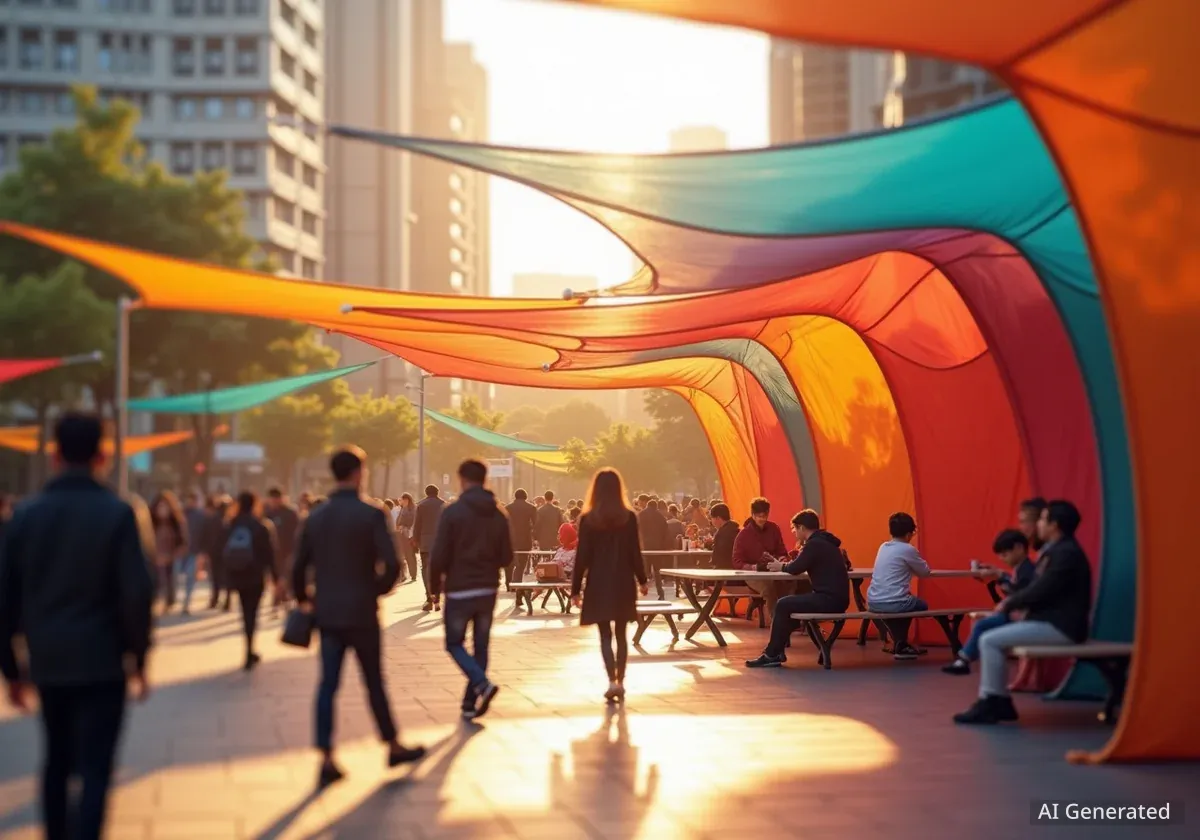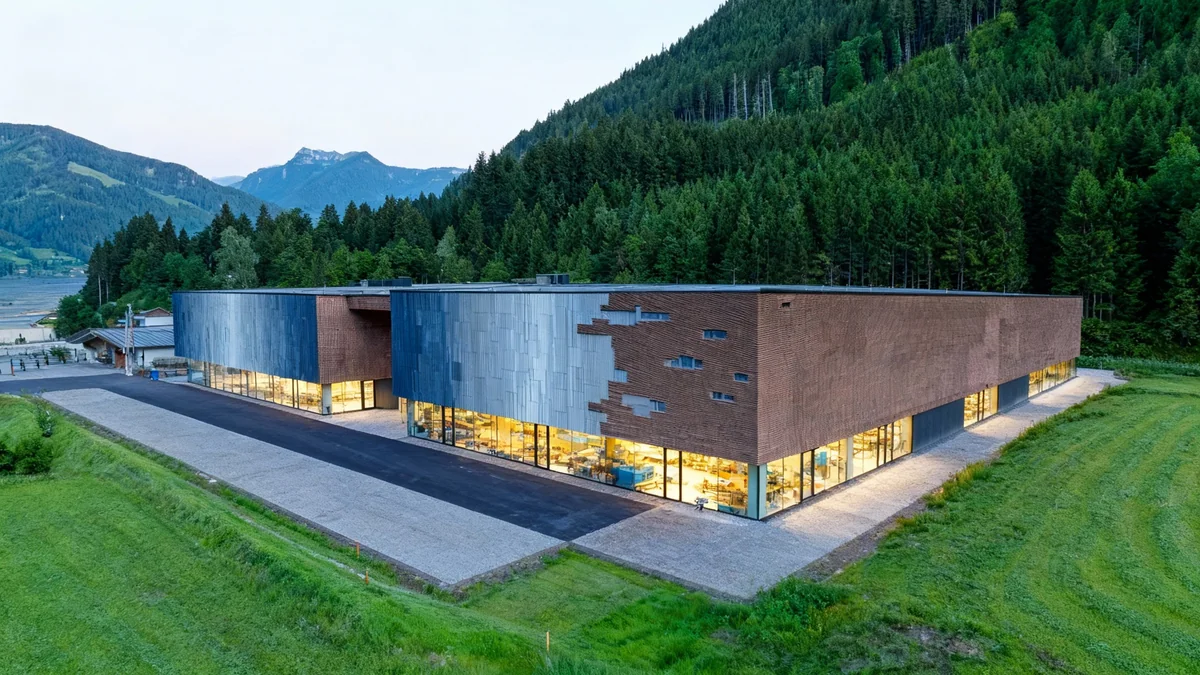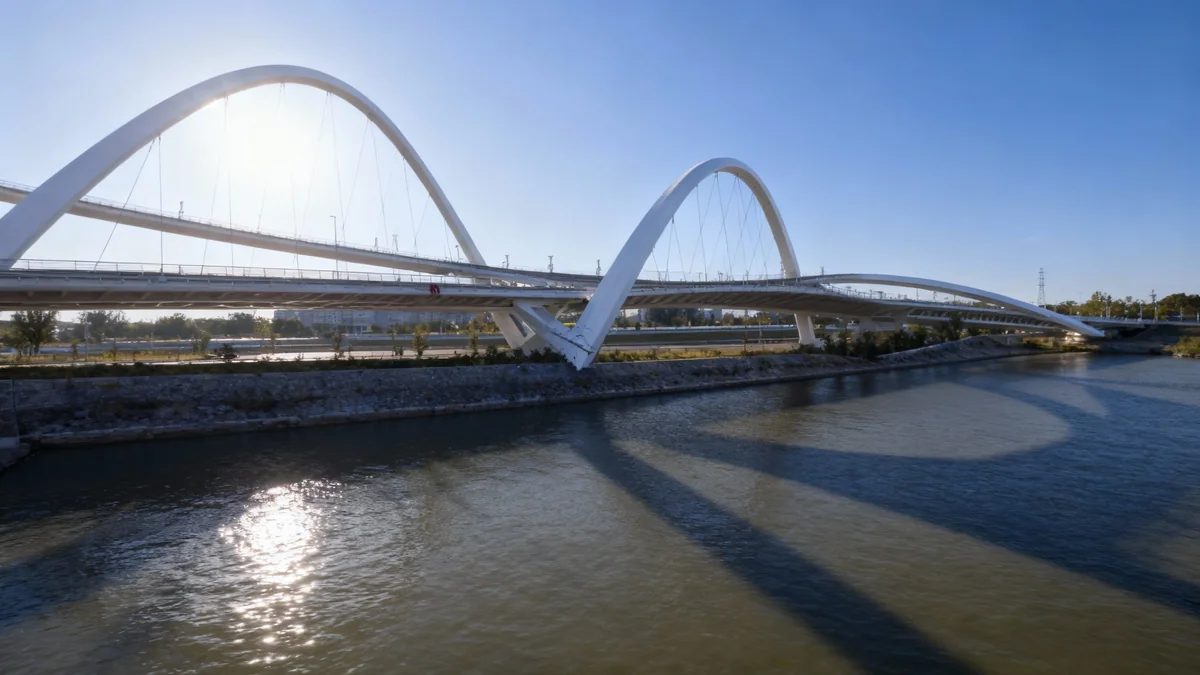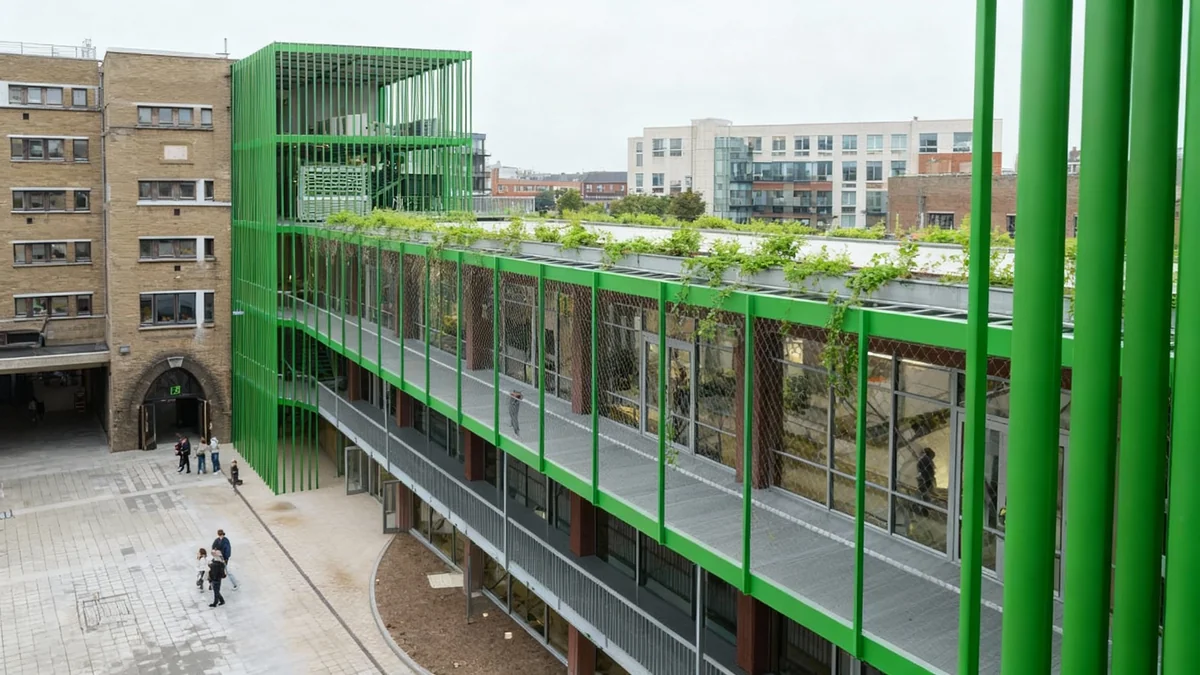Shanghai, China – The Rockbund Art Museum (RAM) has launched its second architectural biennial, RAM Assembles, featuring innovative installations designed to redefine urban public spaces. Curated by the Bangkok-based studio All(zone), the exhibition, titled 'Shanghai Picnic,' uses colorful fabric pavilions to encourage spontaneous interactions and create welcoming environments for residents and visitors.
The biennial aims to transform parts of the city into a 'shared canvas,' promoting informal activities and collective imagination. This initiative comes as rapid urbanization often leads to a disconnect between individuals and their living environments in many Asian cities.
Key Takeaways
- All(zone) curated 'Shanghai Picnic' for RAM Assembles in Shanghai.
- The exhibition features ten lightweight fabric pavilions designed for public interaction.
- Four additional installations by emerging designers complement the main display.
- The project seeks to create informal, playful urban experiences and critique commercialization.
All(zone)'s 'Under A Common Sky' Installation
At the core of the 'Shanghai Picnic' exhibition is All(zone)'s installation, 'Under A Common Sky.' This central display consists of ten lightweight pavilions. These structures serve dual purposes, acting as both shelters and inviting gathering spots within the urban landscape.
Each pavilion features a distinctive canopy made from overlapping mesh fabrics. This design creates a waffle-like structure. The fabrics are arranged at specific angles, echoing the traditional form of Chinese pavilions. This thoughtful design integrates cultural elements with modern architectural solutions.
Fact: Fabric Canopies
The mesh fabric used for the canopies allows for significant light penetration and air circulation. This design choice is crucial for providing comfort during Shanghai's hot summer months, offering shade while maintaining a breezy environment.
Beneath these colorful canopies, platforms of varying heights are strategically placed. These platforms transform into versatile elements: benches for resting, tables for casual use, and even small stages for impromptu performances. This flexible design encourages people to gather, relax, and engage with the space in diverse ways.
Rachaporn Choochuey, co-founder of All(zone) and the curator, stated, "'Shanghai Picnic' invites citizens and visitors alike to experience the city in ways that are improvisational, playful, and often unexpected — beyond what architects or designers might anticipate." She added, "This informal, improvisational element transforms the city into a shared canvas, a kind of picnic blanket, where spontaneous interactions, collective imagination, and activities become integral to the space itself."
Designing for Urban Engagement and Climate
All(zone) emphasized the role of colorful fabric architecture in fostering a welcoming urban atmosphere. The studio believes that such interventions can counteract the sense of estrangement often found in rapidly developing cities, particularly in Asia. The Rockbund Art Museum serves as an experimental site to explore new possibilities for urban living.
The translucent canopies are specifically designed to provide shade and facilitate airflow, which are essential features for comfort during Shanghai's hot and humid summers. All(zone), based in Bangkok, has extensive experience designing for tropical climates. Fabric architecture has become a signature solution for the firm.
Background: Tropical Design
All(zone)'s approach to climate-responsive design often prioritizes natural ventilation over mechanical cooling. Rachaporn Choochuey has previously highlighted the efficiency of solutions like ceiling fans in humid climates, contrasting them with energy-intensive air conditioning systems.
Choochuey noted the practical nature of Asian design solutions. "In Asia, we don't live in brick houses, and no one wants to live in a wooden house, which does not match the stereotypical image through the Western lens. The West tends to romanticize Asia, but Asians are practical; we come up with cheap solutions to fix a problem," she explained.
This philosophy underpins the choice of lightweight, adaptable fabric structures. These materials offer cost-effective and energy-efficient ways to create comfortable public spaces, aligning with local climate conditions and practical needs. The project highlights how design can respond directly to environmental challenges and cultural contexts.
Complementary Installations by Emerging Designers
In addition to All(zone)'s central work, Rachaporn Choochuey selected four emerging design practices to contribute installations to the biennial. These projects further enhance the 'Shanghai Picnic' theme, bringing diverse perspectives to public space activation.
WWWorks: 'Pipe Up!' Water Fountain
Shanghai-based studio WWWorks created 'Pipe Up!,' a public water fountain. This installation connects to the existing water pipes of the museum buildings. Bright yellow pipes extend dramatically through a narrow alleyway, culminating in a usable water fountain within the courtyard. The studio aims to revive the historical significance of public drinking water in Shanghai's civic life.
Tangent Essays: Zigzag Platform
Wuhan-based Tangent Essays contributed a zigzag platform along the arcade of an existing historical building. This blue platform begins on the main street, winds through the arcade, and expands into a wide-open stage facing the courtyard. It offers a dynamic pathway and a new public gathering point.
Studio Vapore: Moss-Covered Hills
Beijing-based Studio Vapore introduced natural elements with a series of moss-covered hills. These gentle mounds rise from the ground, bringing greenery into the urban setting. The installation aims to create a moment of stillness and contrast with the fast pace of city life, offering visitors a quiet respite.
Alkhemist Architects: 'Ways to Roam' Carts
Bangkok-based Alkhemist Architects designed 'Ways to Roam,' four colorful carts intended for use as food stalls and an information desk. The design draws inspiration from the bold colors of Thailand, with surface tiles sourced from Chinese online markets. These mobile units add functionality and visual vibrancy to the exhibition space.
Critique and Future Vision
Choochuey noted that all four invited installations incorporate elements of quiet reflection and a subtle critique of authority. She believes this approach is fitting for an architecture biennial, which should foster critical engagement with urban development.
- The public water fountain by WWWorks, for instance, serves as a critique against the commercialized Rockbund district, where access to drinking water has become a luxury.
- The moss-covered hills by Studio Vapore contrast sharply with the often bare urban ground, highlighting the lack of natural elements in many city environments.
The 'Shanghai Picnic' biennial not only creates visually engaging spaces but also prompts reflection on urban planning and public access. The installations demonstrate how temporary architectural interventions can challenge established norms and encourage new forms of community interaction.
All(zone)'s previous projects include a bright orange fabric pavilion in Melbourne and a concrete holiday home in rural Thailand, showcasing their diverse architectural approaches. The 'RAM Assembles Shanghai Picnic' exhibition will be open from September 12 to September 28, 2025. It offers a unique opportunity to experience innovative urban design firsthand.




